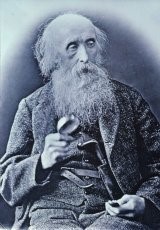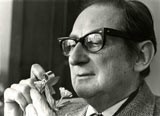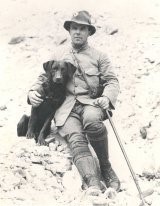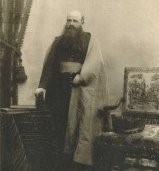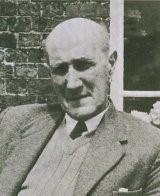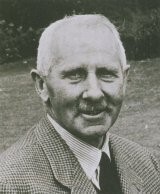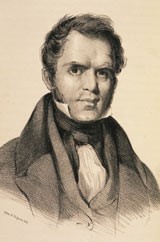Summary
2,000,000 specimens
44,800 type specimens
Angiosperms, or flowering plants, are a very diverse and conspicuous group of plants. There are 476 families, with over 13,000 genera.
The angiosperm holdings at RBGE represent collections made throughout the world, and cover the diversity of flowering plants.
Our earliest specimens date back more than 300 years, with the earliest having been collected in 1697. The collection is still expanding with thousands of new specimens being added every year.
Around two thirds of the world's flora are represented by the specimens held here at Edinburgh. The collection is particularly strong in our key research groups of Zingiberaceae, Sapotaceae, Gesneriaceae, Begoniaceae and Rhododendron. Our geographic coverage focusses on China, South America, Nepal, SE Asia and SW Asia. These strengths reflect both the current and historic research focuses of the Royal Botanic Garden Edinburgh.


